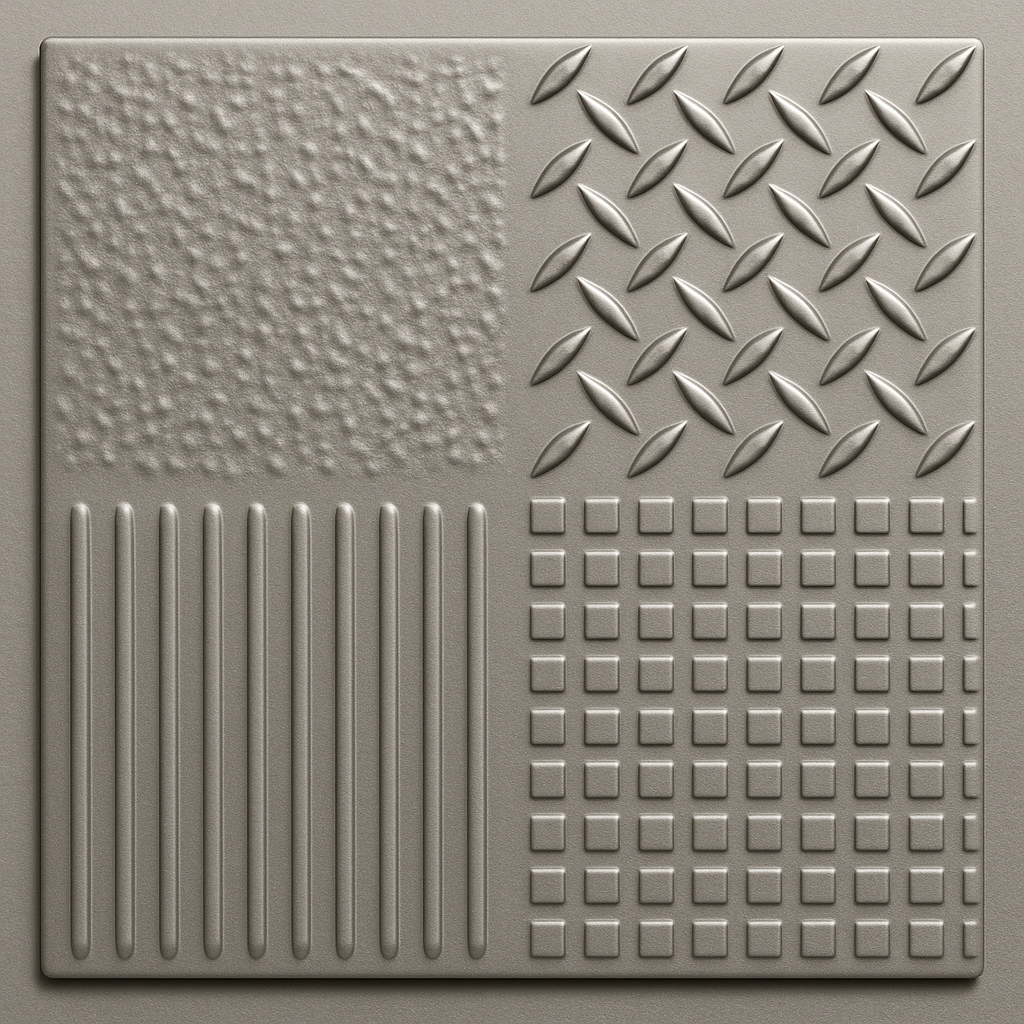
Posted on Friday, May 23, 2025
Metal embossing is an essential process in metalworking that involves creating raised or recessed designs on metal sheets. These embossed patterns serve both functional and decorative purposes in various industries ranging from architecture and automotive to consumer products.
In this guide, we’ll cover:
What embossed metal is
How the embossing process works
Common materials used
Profile types and sizes
Applications by industry
Top manufacturers in the USA
Top 20 global manufacturers
FAQs about metal embossing
Embossed metal refers to metal sheets that have been pressed or stamped to create raised or indented designs. The process improves both visual aesthetics and mechanical properties such as grip, rigidity, and ventilation.
Common purposes:
Aesthetic enhancement
Improved friction or grip
Structural stiffness
Branding/logos
Anti-slip surfaces
Metal embossing is typically performed using matched male and female roller dies or a punch and die system.
Two main methods:
Roller Embossing: Ideal for continuous patterns on sheet or coil material.
Stamping/Die Embossing: Better for individual parts or specific shapes.
Material preparation – Coil or sheet is cleaned and cut.
Embossing – Material is fed through embossing rollers or a press with dies.
Finishing – Post-processing like anodizing, painting, or polishing may follow.
Different industries require different materials depending on strength, formability, and finish.
| Material | Advantages | Common Applications |
|---|---|---|
| Aluminum | Lightweight, corrosion-resistant | HVAC, ceiling tiles, decorative panels |
| Stainless Steel | Strong, durable, corrosion-resistant | Elevators, wall panels, food processing |
| Galvanized Steel | Rust-resistant, cost-effective | Industrial flooring, wall cladding |
| Copper | Malleable, antimicrobial, aesthetic | Roofing, backsplashes, art |
| Brass | Decorative, high-end appearance | Furniture, signage, architectural use |
| Cold-Rolled Steel | Smooth finish, structural use | Security panels, automotive parts |
Metal embossing offers a wide variety of textures and designs, tailored for both function and style.
Stucco
Woodgrain
Leather grain
Sand finish
Diamond
Checker plate
Linear ribbed
Crosshatch
Logos
Decorative scrolls
Artwork reproduction
| Thickness Range | 0.3 mm – 2.5 mm (varies by material) |
|---|---|
| Width Range | 600 mm – 1500 mm |
| Length Range | 1000 mm – 6000 mm or coil-fed |
Note: Custom die embossing allows for tailored dimensions and profile depths.
Wall cladding
Ceiling tiles
Column wraps
Elevator interiors
Floor panels
Interior trim
Anti-slip surfaces
Kitchen equipment
Ventilation panels
Sanitary wall coverings
Decorative panels
Furniture accents
Packaging
Insulation jacketing
Duct coverings
Machinery guards
RotoMetrics (an MPS company) – Specializes in rotary embossing tooling.
MCI (Metalcraft Industries Inc.) – Offers embossing, stamping, and custom sheet processing.
McNichols Company – Leading supplier of textured and embossed metal products.
Impressart – Focuses on small-scale and artistic metal embossing.
H&H Metals – Embossing services for architectural and construction uses.
Rolled Alloys – Provides textured stainless and nickel alloy sheets.
Ashland Aluminum – Precision aluminum embossing.
United Aluminum – Coil processing and embossing.
Tex Metals – Metal textures for industrial and architectural uses.
Advanced Architectural Metals – Custom panels and decorative sheet embossing.
Alubond (UAE/USA)
Metalsistem (Italy)
Interflex (South Africa)
Yieh Corp. (Taiwan)
Assan Aluminyum (Turkey)
Haomei Aluminum (China)
Shanghai Metal Corporation (China)
Jindal Stainless (India)
Outokumpu (Finland)
POSCO (South Korea)
Aleris Rolled Products (USA/Global)
Norsk Hydro (Norway)
Arconic (USA)
Thyssenkrupp Materials (Germany)
BlueScope Steel (Australia)
GARMCO (Bahrain)
Imcar (Italy – embossing machines)
Dimeco (France – coil processing & embossing)
Bradbury Group (USA – embossing & forming lines)
Jinan Huaxia (China – embossing lines)
Yes, small-scale embossing kits allow artists and DIY users to emboss soft metals like aluminum and copper using hand tools or mini presses.
Embossing raises the metal surface.
Debossing depresses it inward.
No. It also enhances grip, strength, and thermal transfer. For example, embossed aluminum jacketing improves insulation performance in HVAC systems.
Embossing can be done with:
Rotary roller machines
Hydraulic presses
CNC embossing machines for custom shapes
Metal embossing combines functionality with aesthetics, making it essential across multiple industries—from decorative interiors to industrial strength applications. Whether you’re sourcing embossed sheets or the machines that produce them, understanding the materials, patterns, and industry trends will help you make the right decisions.
At Machine Matcher, we help connect you with the right machine based on your embossing requirements, material types, and profile needs. Our network includes both U.S. and global suppliers of metal embossing machines and sheet materials. Contact us for expert guidance.
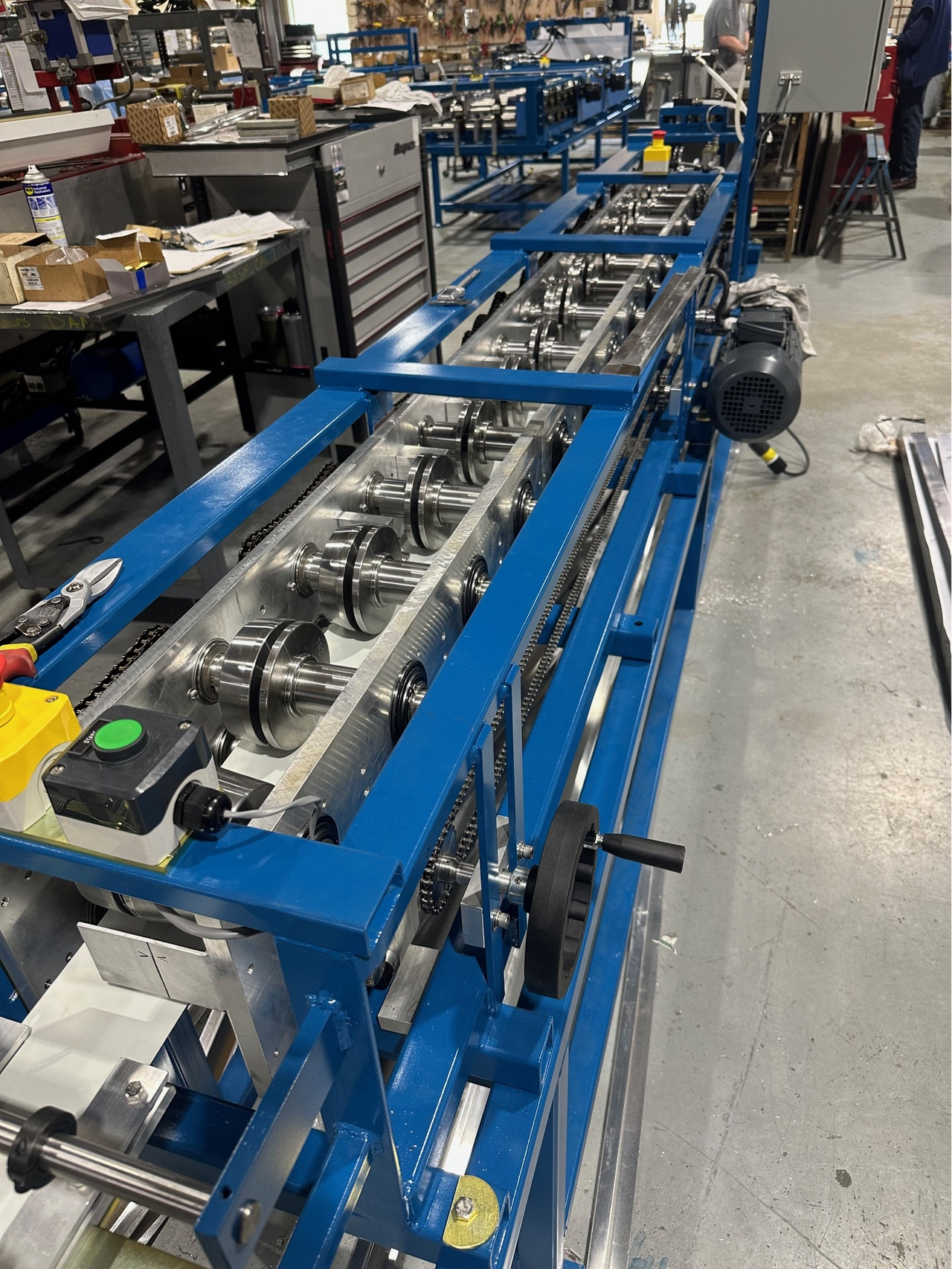
Most Popular Roll Forming Machines in the United Kingdom
Posted on Thursday, December 11, 2025
This blog breaks down the five most in-demand roll forming machines in the UK
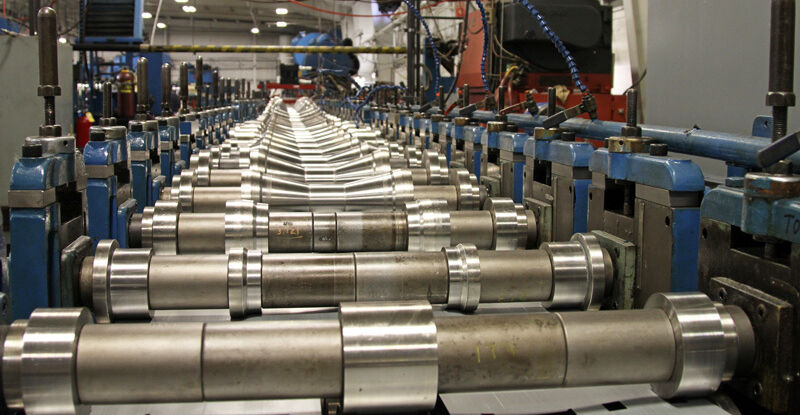
Can I Finance a Roll Forming Machine?
Posted on Thursday, December 11, 2025
Financing a roll forming machine is easier than most buyers think. Here’s how leases, loans, and payment plans make production affordable.
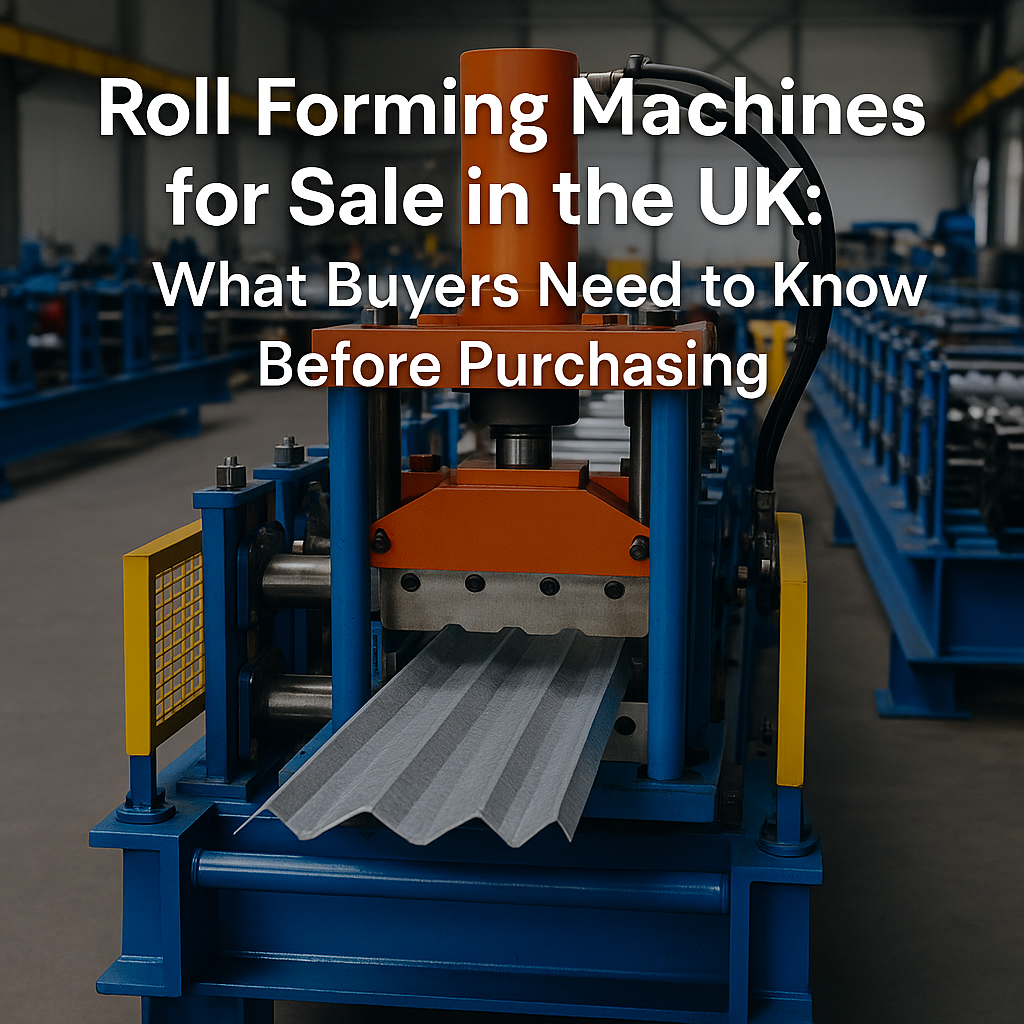
Roll Forming Machines for Sale in the UK: What Buyers Need to Know Before Purchasing
Posted on Thursday, December 11, 2025
This complete guide explains everything UK buyers must know before purchasing, including machine types, voltage requirements, CE/UKCA compliance
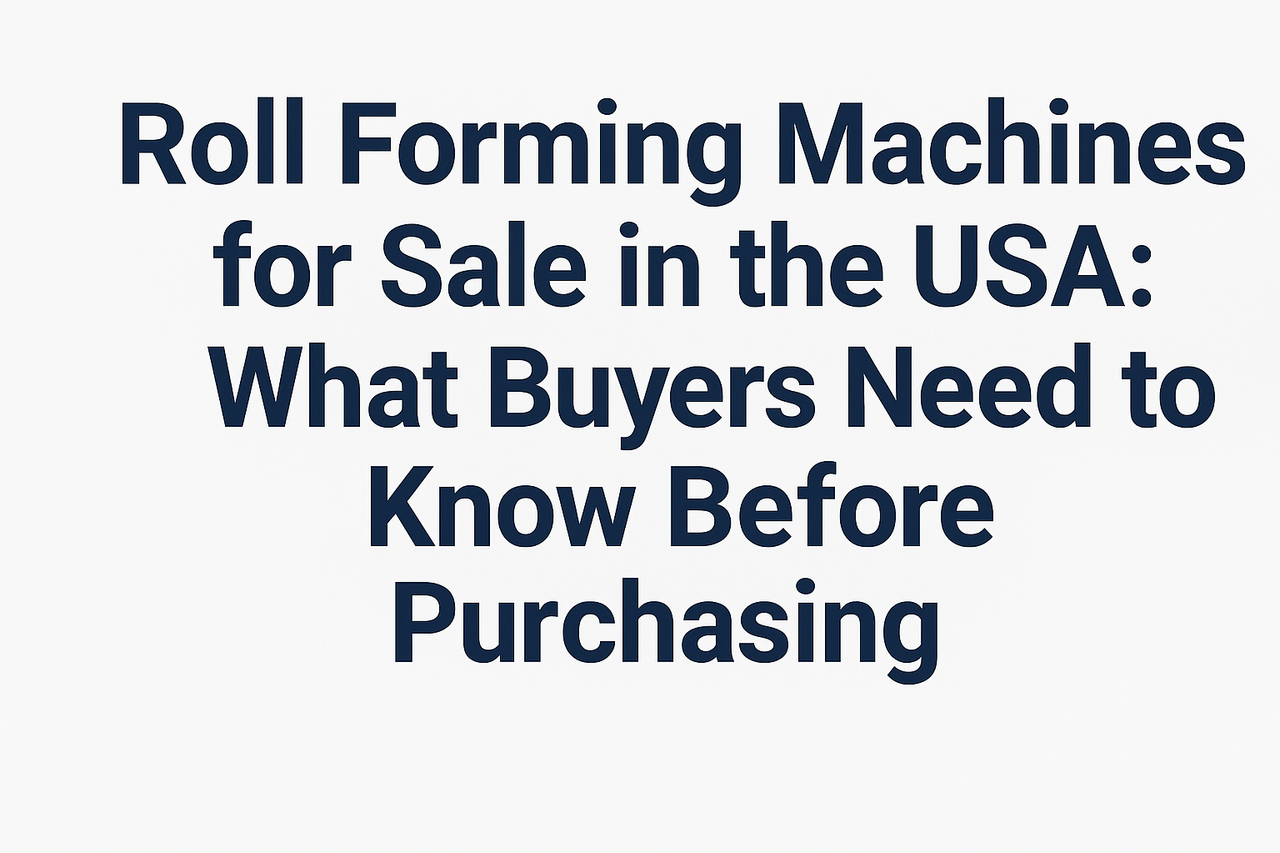
Roll Forming Machines for Sale in the USA: What Buyers Need to Know Before Purchasing
Posted on Wednesday, December 10, 2025
This guide explains everything U.S. buyers need to know before purchasing a roll forming machine, including machine types, pricing, voltage
Copyright 2025 © Machine Matcher.